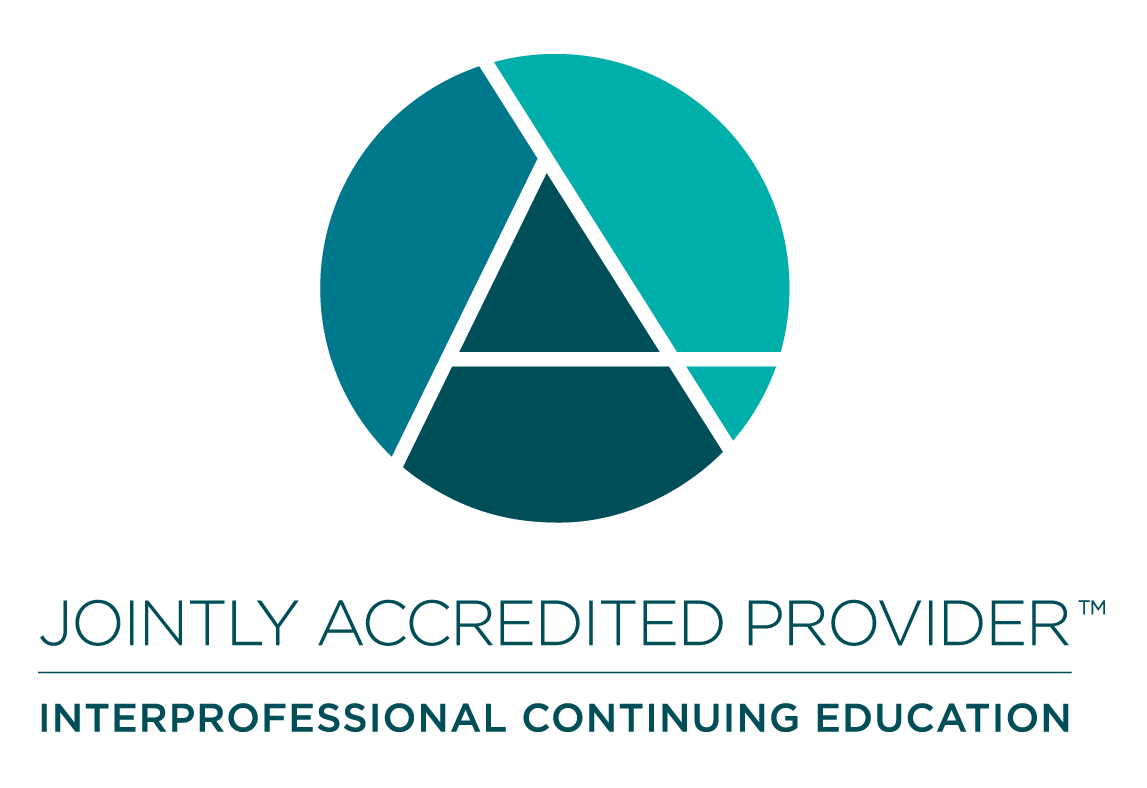
Firearm Marksmanship and Adolescent Lead Exposure
-
Register
- Non-member - Tier I - Free!
- Non-member - Tier II - Free!
- Non-member - Tier III - Free!
- Non-member - Tier IV - Free!
- Member - Tier I - Free!
- Member - Tier II - Free!
- Member - Tier III - Free!
- Member - Tier IV - Free!
Firearm Marksmanship and Adolescent Lead Exposure is a two-part series of interactive, self-paced eLearning modules. The goal of this series is to enhance the knowledge of physicians and other healthcare providers about the health impacts of adolescent competitive marksmen and lead exposure at firing ranges.
NOTE: Enrollment in this learning plan will automatically enroll you in both courses.
This series includes the following courses:
Firearm Marksmanship and Adolescent Lead Exposure: Prevalence, Case Studies, and Sources
- Define marksmanship and discuss its prevalence among adolescents in the United States.
- Identify sources of lead exposure during firearms practice and competitions.
- Discuss case studies regarding adolescent lead exposure from firing ranges.
Firearm Marksmanship and Adolescent Lead Exposure: Adverse Health Effects, Surveillance, Control, and Prevention
- Discuss potential adverse health effects of lead exposure to adolescents.
- Describe measures to control lead exposure in firing range environments.
- Describe appropriate primary prevention and hygiene measures for youth actively engaging in marksmanship.
- Discuss recommendations for medical surveillance of adolescents exposed to lead.
Presented By

Rose Goldman, MD, MPH
Director of Faculty Affairs, Dept of Medicine, Cambridge Health Alliance
Associate Professor of Medicine, Harvard Medical School
Associate Professor of Environmental Health Sciences, Harvard T.H. Chan School of Public Health

Alan Woolf, MD, MPH, FAAP, FAACT, FACMT
Associate Chief Medical Education Officer, Boston Children's Hospital
Director, Region 1 PEHSU
-
Contains 6 Component(s)
The goal of this course is to enhance the knowledge of physicians and other healthcare providers about the health impacts of lead exposure at firing ranges and competitive marksmanship among adolescent populations
The goal of this course is to enhance the knowledge of physicians and other healthcare providers about the health impacts of lead exposure at firing ranges and competitive marksmanship among adolescent populations. By enhancing their knowledge, physicians and other healthcare providers can better assess adolescent patients who may suffer symptoms caused by lead exposure, provide informed guidance to their patients and their caregivers, and advocate for measures to control lead exposure in firing range environments.
Learning Objectives
- Define marksmanship and discuss its prevalence among adolescents in the United States.
- Discuss marksmanship's prevalence among adolescents in the United States
- Identify 3 sources of lead exposure during firearms practice and competitions
- Discuss 2 case studies regarding adolescent lead exposure from firing ranges and associated health risks
Presented By
Rose Goldman, MD, MPH
Director of Faculty Affairs, Dept of Medicine, Cambridge Health Alliance
Associate Professor of Medicine, Harvard Medical School
Associate Professor of Environmental Health Sciences, Harvard T.H. Chan School of Public Health
Alan Woolf, MD, MPH, FAAP, FAACT, FACMT
Associate Chief Medical Education Officer, Boston Children's Hospital
Director, Region 1 PEHSUOrigination Date: Oct. 1, 2018
Renewal Date: Oct. 1, 2020
Expiration Date: Oct. 1, 2022
In support of improving patient care, this activity has been planned and implemented by Centers for Disease Control and Prevention and Pediatric Environmental Health Specialty Unit (PEHSU). The Centers for Disease Control and Prevention is jointly accredited by the Accreditation Council for Continuing Medical Education (ACCME), the Accreditation Council for Pharmacy Education (ACPE), and the American Nurses Credentialing Center (ANCC), to provide continuing education for the healthcare team
CME: The Centers for Disease Control and Prevention designates this enduring activity for a maximum of 1.0 AMA PRA Category 1 Credits™. Physicians should claim only the credit commensurate with the extent of their participation in the activity.
CNE: The Centers for Disease Control and Prevention designates this activity for 1.0 nursing contact hours.
CEU: The Centers for Disease Control and Prevention is authorized by IACET to offer 0.1 CEU's for this program.
CECH: Sponsored by the Centers for Disease Control and Prevention, a designated provider of continuing education contact hours (CECH) in health education by the National Commission for Health Education Credentialing, Inc. This program is designated for Certified Health Education Specialists (CHES®) and/or Master Certified Health Education Specialists (MCHES®) to receive up to 1.0 total Category I continuing education contact hours. Maximum advanced level continuing education contact hours available are 0. Continuing Competency credits available are 1.0. CDC provider number 98614.
For Certified Public Health Professionals (CPH)
The Centers for Disease Control and Prevention is a pre-approved provider of Certified in Public Health (CPH) recertification credits and is authorized to offer 1.0 CPH recertification credits for this program.
DISCLOSURE: In compliance with continuing education requirements, all presenters must disclose any financial or other associations with the manufacturers of commercial products, suppliers of commercial services, or commercial supporters as well as any use of unlabeled product(s) or product(s) under investigational use.
CDC, our planners, content experts, and their spouses/partners wish to disclose they have no financial interests or other relationships with the manufacturers of commercial products, suppliers of commercial services, or commercial supporters. Planners have reviewed content to ensure there is no bias.
Planning committee reviewed content to ensure there is no bias.
Content will not include any discussion of the unlabeled use of a product or a product under investigational use.
CDC did not accept commercial support for this continuing education activity.
WB4106
-
Contains 6 Component(s)
The goal of this course is to enhance the knowledge of physicians and other healthcare providers about the health impacts of lead exposure at firing ranges and competitive marksmanship among adolescent populations.
The goal of this course is to enhance the knowledge of physicians and other healthcare providers about the health impacts of lead exposure at firing ranges and competitive marksmanship among adolescent populations. By enhancing their knowledge, physicians and other healthcare providers can better assess adolescent patients who may suffer symptoms caused by lead exposure, provide informed guidance to their patients and their caregivers, and advocate for measures to control lead exposure in firing range environments.
Learning Objectives
When you complete this module, you will be able to:
- Describe three measures to control lead exposure in firing range environments
- Describe two appropriate primary prevention and surveillance measures for youth actively engaging in marksmanship
- Discuss two recommendations for medical surveillance of adolescents exposed to lead and action plans to reduce lead exposure.
Presented By
Rose Goldman, MD, MPH
Director of Faculty Affairs, Dept. of Medicine, Cambridge Health Alliance Associate Professor of Medicine, Harvard Medical School Associate Professor of Environmental Health Sciences, Harvard T.H. Chan School of Public HealthAlan Woolf, MD, MPH, FAAP, FAACT, FACMT
Associate Chief Medical Education Officer, Boston Children's Hospital
Director, Region 1 PEHSUOriginal Date: October 1, 2018
Renewal Date: October 1, 2020
Expiration Date: October 2, 2022Accreditation Statements

In support of improving patient care, this activity has been planned and implemented by Centers for Disease Control and Prevention and Pediatric Environmental Health Specialty Unit (PEHSU). The Centers for Disease Control and Prevention is jointly accredited by the Accreditation Council for Continuing Medical Education (ACCME), the Accreditation Council for Pharmacy Education (ACPE), and the American Nurses Credentialing Center (ANCC), to provide continuing education for the healthcare team
CME: The Centers for Disease Control and Prevention designates this enduring activity for a maximum of 1.5 AMA PRA Category 1 Credits™. Physicians should claim only the credit commensurate with the extent of their participation in the activity.
CNE: The Centers for Disease Control and Prevention designates this activity for 1.3 nursing contact hours.
CEU: The Centers for Disease Control and Prevention is authorized by IACET to offer 0.1 CEU's for this program.
CECH: Sponsored by the Centers for Disease Control and Prevention, a designated provider of continuing education contact hours (CECH) in health education by the National Commission for Health Education Credentialing, Inc. This program is designated for Certified Health Education Specialists (CHES®) and/or Master
Certified Health Education Specialists (MCHES®) to receive up to 1.5 total Category I continuing education contact hours. Maximum advanced level continuing education contact hours available are 0. Continuing Competency credits available are 1.5. CDC provider number 98614.
For Certified Public Health Professionals (CPH)
The Centers for Disease Control and Prevention is a pre-approved provider of Certified in Public Health (CPH) recertification credits and is authorized to offer 2.0 CPH recertification credits for this program.
DISCLOSURE: In compliance with continuing education requirements, all presenters must disclose any financial or other associations with the manufacturers of commercial products, suppliers of commercial services, or commercial supporters as well as any use of unlabeled product(s) or product(s) under investigational use.
CDC, our planners, content experts, and their spouses/partners wish to disclose they have no financial interests or other relationships with the manufacturers of commercial products, suppliers of commercial services, or commercial supporters. Planners have reviewed content to ensure there is no bias.
Planning committee reviewed content to ensure there is no bias.
Content will not include any discussion of the unlabeled use of a product or a product under investigational use.
CDC did not accept commercial support for this continuing education activity.
WB4107
